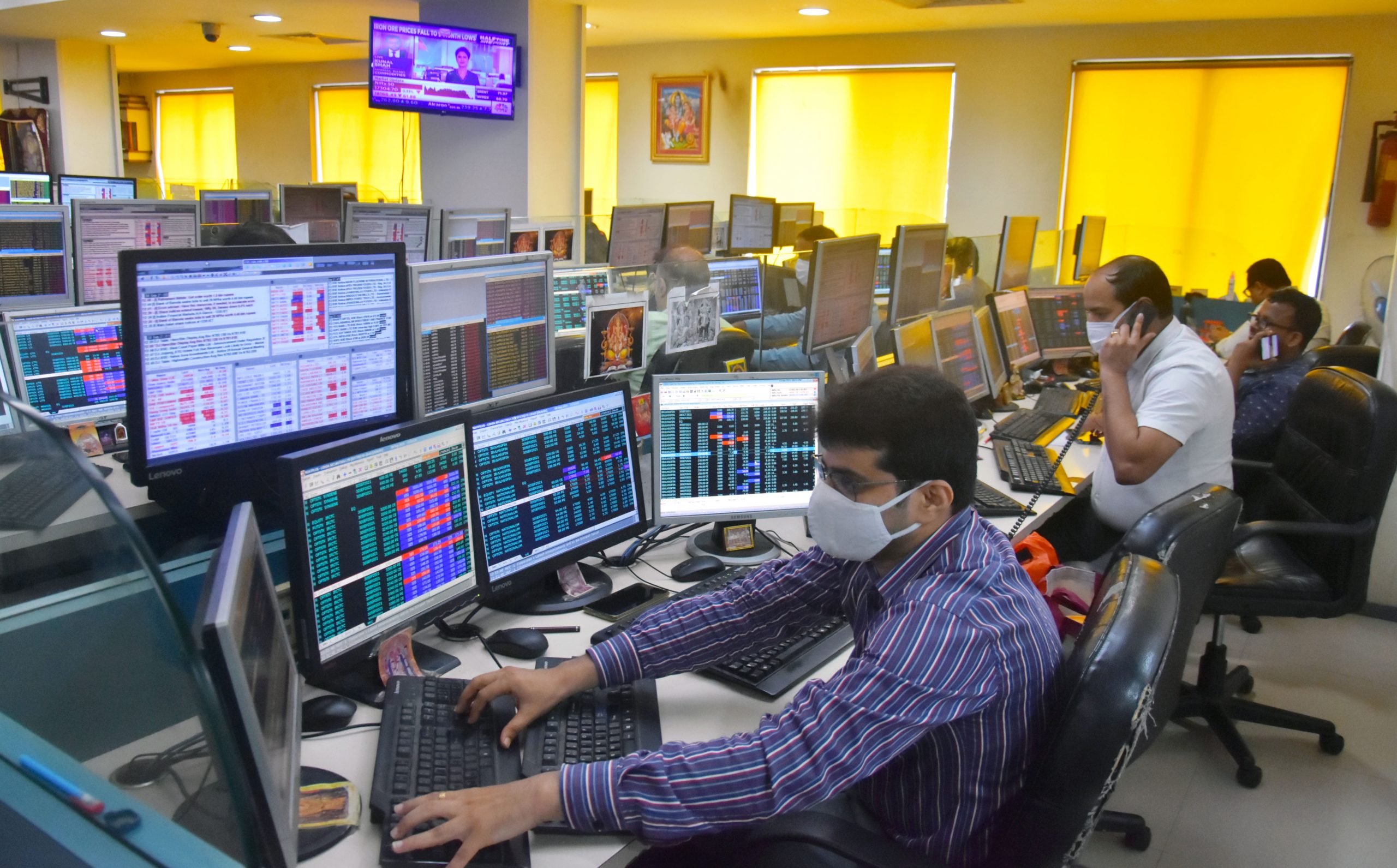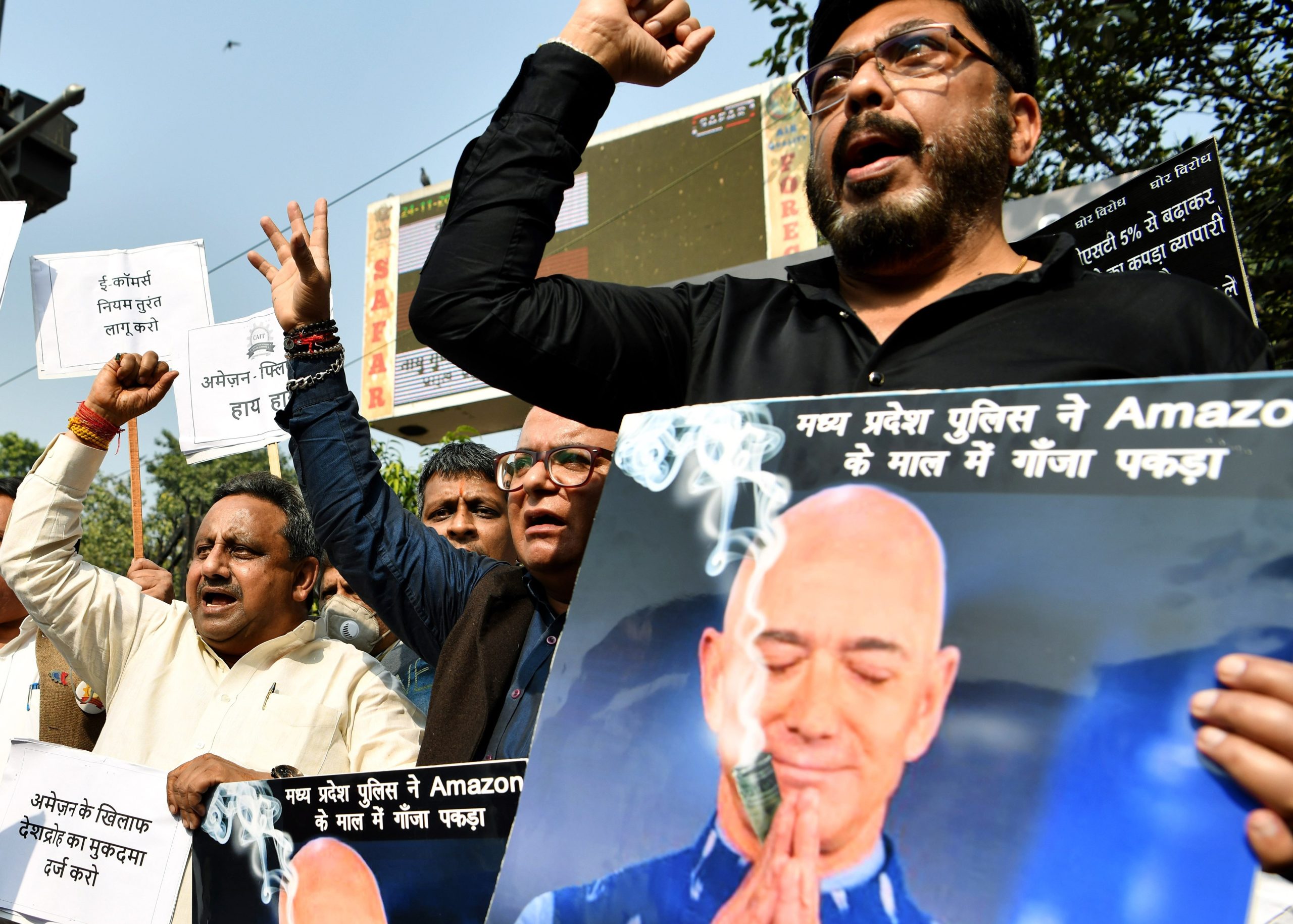The bull market continues to baffle experts as bull market has been an almost one-way street for almost 18 months now
Our Bureau
New Delhi
Indian economy is giving mixed signals: it seems to be going up and down at the same time.
The closure of five global auto companies in the last four years — Ford India, General Motors, Harley Davidson, MAN Trucks and UM Lohia — has caused a loss of 64,000 jobs in the auto industry and bled automotive dealers to the tune of Rs 2,485 crore, the Federation of Automotive Dealers Associations (FADA) has said.
In a letter to the Union heavy industries minister Mahendra Nath Pandey, FADA calculated the loss due to closed factories, workshops and dealerships and added that with the production stoppage at Ford India, a total 170 dealerships will be affected taking the total 5-brand tally to 464 dealerships in all.
Of the 64,000 job losses, the highest numbers are due to Ford and GM which accounted for 40,000 and 15,000 job losses respectively, said FADA. MAN Trucks accounted for 4,500 jobs, UM 2500 and Harley Davidson 2000 jobs, said the letter.
Ford India, for instance, is “forcing its dealers to first sign non-disclosure agreement before any compensation package is worked out. “Many Ford dealers have directly or indirectly requested FADA to take up the matter for amicable resolution,” said the letter. FADA has already written to the Ford management on this “coercive” action and the letter requested the ministry to set up a task force to monitor the dealer and dealer employee compensation on a day-to-day basis.
Ford announced its decision to stop production in India last week and will cost the dealer community a total investment of Rs 2,000 crore.
Meanwhile, in an indication of crisis in the banking sector, a veteran banker at Kotak Mahindra Bank Ltd has said that strains in India’s bond market are at the highest she’s seen in her two-decade career. The flood of cash that the Reserve Bank of India (RBI) has pumped into the market amid the pandemic has headed into shorter notes with top ratings, while there’s little demand for weaker credit due in more than three years, according to Sujata Guhathakurta, the head of debt capital markets at the Mumbai-based lender.
Companies are instead getting funds from banks, obstructing India’s efforts to wean borrowers from loans by expanding the bond market.
“This is the most challenging times for the bond market I have ever seen,” said Guhathakurta, 52, in an interview to Bloomberg. “Our market has taken quite a few steps backward.”
Guhathakurta blames the nation’s lingering credit turmoil, triggered by the collapse in 2018 of infrastructure financier IL&FS Group, for the plunge in activity caused by investors’ aversion to all but the best-rated short debt. She doesn’t expect demand to revive soon, with long-term bond buyers such as pension funds and insurers opting for liquid notes from states rather than corporate securities.
The retreat in demand could block progress in making India’s $125 billion corporate bond market deeper and more liquid. That may delay raising much-needed funds for long-term infrastructure from domestic and foreign institutional investors. “We don’t have any market for long-term infra bonds,” with insurers and pension funds staying away, Guhathakurta said. “We have lost a complete chunk of this appetite because of the credit crisis of 2018-19,” according to a Bloomberg report.
Sales of rupee bonds rated below AA have dropped 20% so far this year to 355.4 billion rupees ($4.8 billion), the lowest since 2013, according to Bloomberg-compiled data. Issuance of notes rated AA and above, meanwhile, remains at a high level historically in 2021, making up about 74% of total sales.
But, Indian stock market benchmark Sensex on Thursday zoomed 950 points to end near the historic level of 60,000. However, the massive rally in Sensex from March lows of last year – without any significant correction in between – has made some analysts cautious.
“All previous bull markets in India – 1992-92, 1994, 1998-2000, 2003-07 – had big corrections of 5%, 10%, even 20%. But not now so far. But this will change and the market will correct, perhaps soon, since valuations are hard to justify,” said V K Vijayakumar, Chief Investment Strategist at Geojit Financial Services. “This ferocious bull market continues to baffle both bears and bulls. Stock markets are all about ups and downs. But this bull market has been an almost one-way street for almost 18 months now. More importantly, this is almost a global phenomenon with China, Hong Kong and a few other countries being the exceptions. The mother market US is leading from the front, ignoring even tapering indications from the Fed,” he said.
























